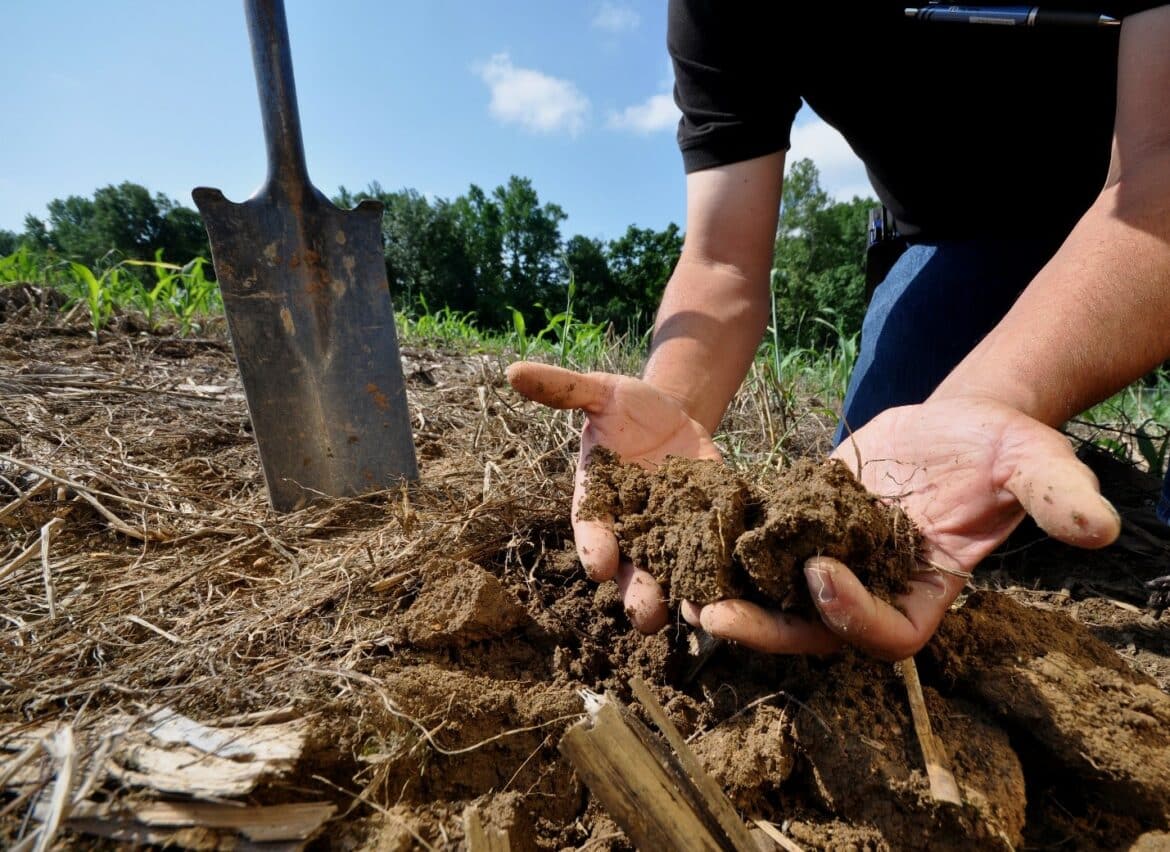Natural Resources Conservation Service (NRCS) offices in Big Horn, Broadwater, Carbon, Gallatin, Golden Valley, Meagher, Musselshell, Park, Rosebud, Stillwater, Sweet Grass, Treasure, Wheatland, and Yellowstone counties are accepting applications for Rooting for Soil Health. Application ranking date for the first round of fiscal year 2023 Rooting for Soil Health project funding is October 28th, 2022.
What is Rooting for Soil Health? Rooting for Soil Health is a resource concern-focused conservation strategy with investment available through the NRCS’s Environmental Quality Incentives Program (EQIP). What does that mean? NRCS used local input about priority concerns across the area to develop this strategy to address the root of those concerns. Rooting for Soil Health will incentivize implementation of a majority of the give soil health principles: 1) maximize soil cover, 2) minimize soil disturbance, 3) maximize diversity, and 4) maximize a living root. The integration of livestock is the fifth principle and is outside of the scope of this project.

NRCS envisions the use of multiple conservation practices on specific fields implemented for up to three years. The first two steps to addressing a soil health management system on cropland is to armor (or cover) your soil and reduce disturbance. To provide additional options for maximizing soil cover, NRCS now provides a payment rate to implement conservation harvest management.
This practice requires tall, standing residue to remain through the winter after a grain harvest. This standing residue results in slower decomposition, greater soil shading, and reduced wind speed over the soil surface which decreases soil moisture loss through evaporation. Standing residue will lead to increased soil moisture retention that is critical for drought mitigation and agricultural production across Montana. Participation in the Rooting for Soil Health initiative will require the implementation of no-till planting. This practice reduces soil disturbance, allows for no tillage, and in most scenarios requires the use of a disk drill.
NRCS will also encourage a diverse, continuous cropping system that utilizes multiple crop types to address the third and fourth the soil health principles, maximize living roots and maximize biodiversity. The crop types are cool season grass (small grains), cool season broadleaves (lentils, peas, flax.), warm season grasses (sorghum, sudangrass, millet, etc.), and warm season broadleaves (sunflower, safflower). If a participating farmer does not plant a crop type in their commodity rotation, such as a warm season grass, NRCS will encourage the use of a multi-species diverse cover crop to address the missing crop type.
Through the Rooting for Soil Health initiative, the NRCS, Pheasants Forever, and Conservation Districts will support local, experienced soil health-oriented producers in conducting workshops on their practical experience in implementing soil health management systems in the winter of 2022. Please email allison.milodragovich@usda.gov to receive more information on dates and specific locations as those are developing.
Contact your local NRCS field office to get more information about the Rooting for Soil Health initiative and begin the application process. You can find contact information for each office at farmers.gov/contact
###
Allison Milodragovich, NRCS Area Agronomist


